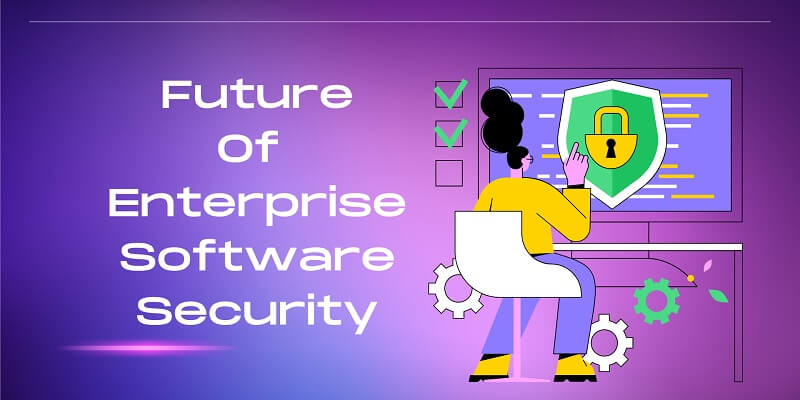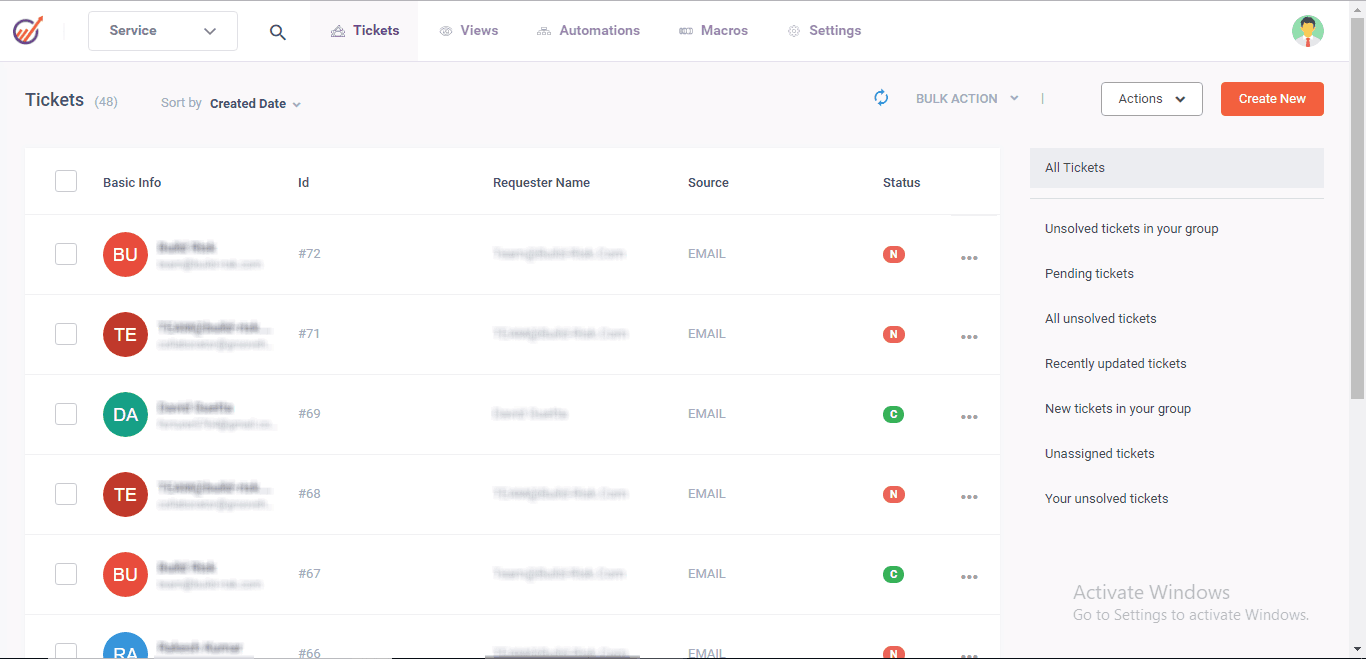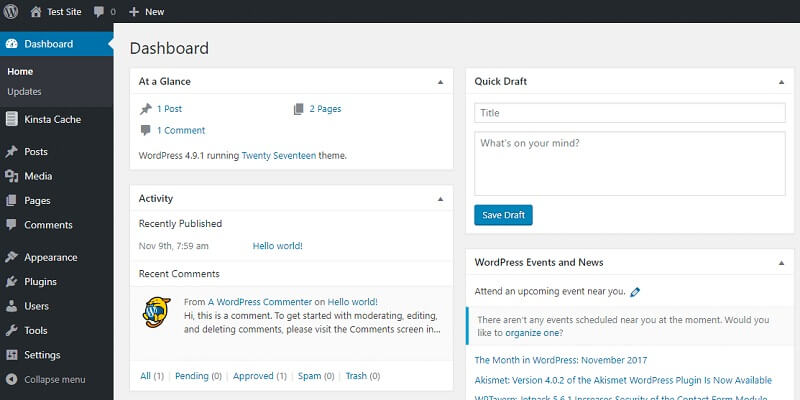There are several notable trends shaping the future of enterprise software security in 2023. Application security and data privacy are top priorities for today’s most successful development teams. Without strong security standards and protocols, software products are at-risk of a data breach, costly downtime, and hacker exploitation. They can additionally face financial penalties in the form of non-compliance fines and expensive lawsuits. As a QA-savvy developer, you should know where the future of application security lies today. This way, you can take advantage of these tactics when building a website or custom software solution. Read on to learn about the future of enterprise software security in 2024.
AI’s Blooming Potential
Artificial intelligence (AI) and machine learning (ML) are responsible for some of the biggest breakthroughs in the enterprise security world. AI enables developers to run automated vulnerability scans, quality assurance (QA) tests, and threat detection checks. It can also be useful for autonomous facial recognition, access control, or user authentication. Implement AI monitoring to notify security administrators and specialists of a possible attack instantly. This way, you can lower security expenses, establish 24/7 defense, and guarantee swift notice. Surely, the growing potential of artificial intelligence is expected to drastically impact the future of enterprise security.
The Rise Of DevSecOps
When analyzing the future of enterprise software security, it’s impossible to ignore DevSecOps. This proactive build methodology combines the efforts of development, operations, and security teams – making quality assurance an integral piece of the SDLC. In fact, DevSecOps integrates security steps, requirements, and protocols into every phase of your programming lifecycle. Embracing this model, you can benefit from a wide range of development tools and supporting technologies. For example, DevSecOps tools by JFrog enable teams to perform software composition analysis (SCA), identify security vulnerabilities, and monitor open-source software (OSS) components. These resources can fortify container runtime security and can support fire-walling on multiple levels. Certainly, look at how the rise of DevSecOps will impact the future of enterprise software security.
Increase In Cloud Security Vulnerabilities
With more teams, users, and enterprises turning to cloud environments – security vulnerabilities are steadily increasing. Even simple misconfigurations in the cloud can lead to significant data breaches, system hijacks, and weak interfaces. Because of this, they’re known to be an easy, accessible target to malicious online hackers. Since the average cost of a data breach is over $3.5 million, organizations need to take these threats seriously. Specifically, you should monitor for cloud migration issues, password management, and regulatory compliance. Also, stay alert for possible internal threats. These can arise due to insecure networks, personal device theft, or public WiFi usage. Indeed, the growing increase in cloud security vulnerabilities is expected to drastically impact the world of custom software security.
Growing Need For Zero-Trust Cybersecurity
With a rise in vulnerabilities on nearly every front, there is an increasingly growing need for zero-trust cybersecurity. The zero-trust model requires every user to be authorized, authenticated, and validated before software access is granted. Think of it as a proactive and responsive model that sensibly protects enterprise assets. It additionally promotes greater visibility, control, efficiency, and compliance. Absolutely, forecasters predict that companies that adopt zero-trust will have a more resilient, dependable, and secure future.
Evolution Of Real-Time Data Monitoring
The future of enterprise software security will also see more companies investing in real-time data monitoring solutions. Real-time data monitoring technologies safeguard IT environments from cyber-attacks. They give QA specialists the insights needed to respond to data breaches swiftly, proactively, and accurately. Over sixty percent of security threats and data breaches are identified by third-monitoring monitoring systems – instead of internal security teams. So, these security monitoring systems have already proven themselves to be thorough and effective. Definitely, the evolution of real-time data monitoring should have a major impact on the future of cyber security and enterprise software protection.
There’s a lot to expect from the future of enterprise software application security this year. For a start, look at how artificial intelligence and machine learning will make security more effective. In addition, consider the growing rise and potential of DevSecOps. Of course, companies that rely on cloud environments may encounter a steady increase in vulnerabilities. To combat all these risks, there’s an intensified need for zero-trust cybersecurity. These proactive tactics promote greater visibility, control, and efficiency. Plus, they help companies ensure compliance with regulatory standards. At the same time, proactive companies should invest in solutions for real-time data monitoring. Follow the points above to learn about the future of enterprise software security in 2023.



